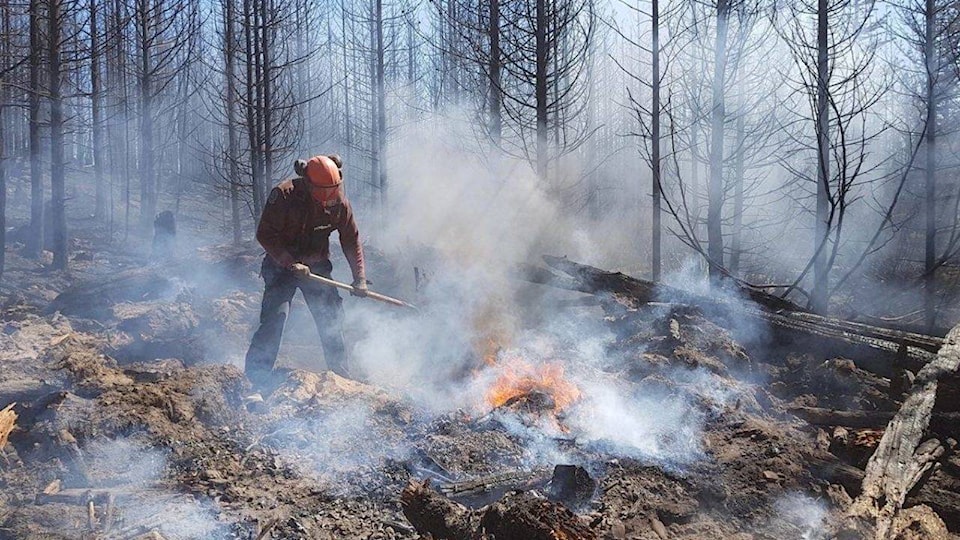An open house in the second week of June, organized by the Chinook Community Forest along with BC Wildfire Service (BCWS) saw the wildifre service fielding questions on the viability and safety of the project.
The open house, which saw roughly 15 to 20 people, was a way to seek community engagement and feedback for the Wildfire Risk Reduction project within Chinooks tenure area located on the southside of Francois Lake.
Nigel McInnis, a public affairs officer with the ministry of forests said that one of the issues raised at the open house was the use of private property to access work sites.
“Through the open house, we were able to find some preferred alternative access routes to avoid using private land,” he said.
Discussions around the concern regarding the impacts to visual quality and ecosystem health were also brought up and BCWS assured the attendees that the plans to reduce the risk of wildfire were developed with those values in mind.
“Efforts were discussed to balance the preservation of wildlife habitat and visual quality with fuel removal. For example, in areas adjacent to private residences, we tried to utilize partial cutting, pruning, and residual fuel removal instead of clear cutting,” he said.
The issue around this wildfire mitigation activity close to private residents has continued to be a concern amongst few. One such resident, Gord Stanton, has written to the Lakes District News to express his concerns around the project. Stanton’s letter titled “The reasons behind the opposition” can be found on Page 6.
Stanton, worried about the disruption to his privacy as well as a possible wind tunnel that could increase the blow down on his property, has continued to remain a vocal opponent of this activity.
In response to the various concerns including Stanton’s, the ministry said, “All concerns around forest fires are valid; protecting our homes and communities before a fire breaks out is the best strategy, and this is supported through programs like FireSmart and our Wildfire Risk Reduction Project.”
“The highest priority for the project remains the safety of the community, and all decisions made bear this in mind.”
McInnis also said that it was important to remember that forest fires do not follow property lines; they follow fuel. So the most effective way for BCWS to fight a forest fire is by managing the fuel before a fire starts.
“This is why the areas given the highest priority for treatment are those closest to private residences, infrastructure such as hydro distribution and water plants, and cultural values such as First Nations heritage sites.”
The ministry maintains that the Wildfire Risk Reduction project is the best tool they have at their disposal to enhance the safety of our communities.
